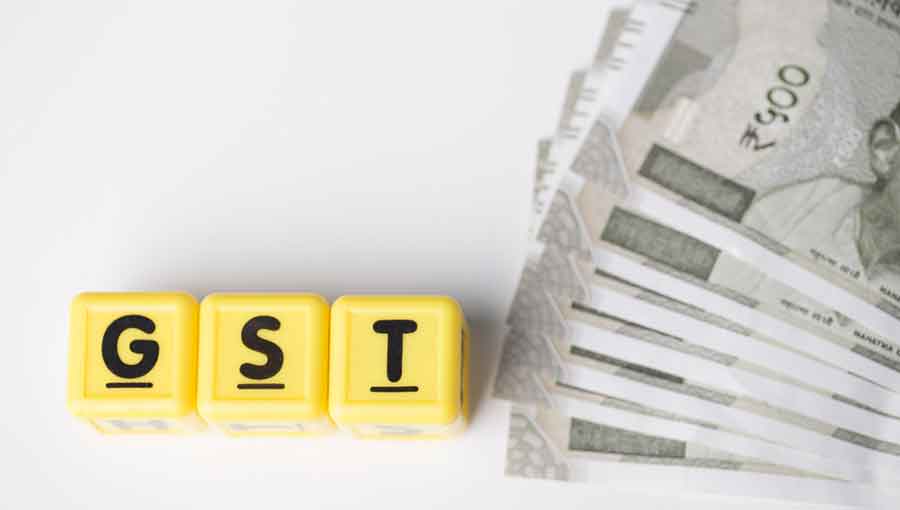The Group of Ministers on GST rate rationalisation is likely to meet later this week to review the slabs and new rates so that the states can generate ample revenue as compensation from the Centre would end after June.
Analysts said inflationary pressures on the economy and a spike in commodity prices because of the Ukraine conflict would weigh on the GoM members while considering the new rates.
While there have been suggestions of a three-tier GST structure, concerns have been expressed that increasing the rates at the lowest slab at this juncture would add to the inflationary pressure on the economy.
The GoM, led by Karnataka chief minister Basavaraj Bommai, has reportedly met only twice since its constitution in September 2021.
One of the proposals without much loss of revenue suggested is a three rate structure of 8 per cent, 15 per cent and 30 per cent. At present, there are three standard GST rates — 5 per cent, 12 per cent and 18 per cent and one de-merit rate of 28 per cent.
According to some estimates the proposal to raise the 5 per cent slab to 8 per cent may yield an additional Rs 1.50 lakh crore annual revenues.
According to calculations, 1 per cent increase in the lowest slab, which mainly includes packaged food items, results in a revenue gain for the government of Rs 50,000 crore annually.
“With the increased GST revenue buoyancy in recent months, and the continuing inflation pressures, it is essential to ensure that there are no abrupt increases in the GST rates for any product, arising from the rate rationalisation exercise underway at present,” M.S. Mani, senior director, Deloitte India, said.











